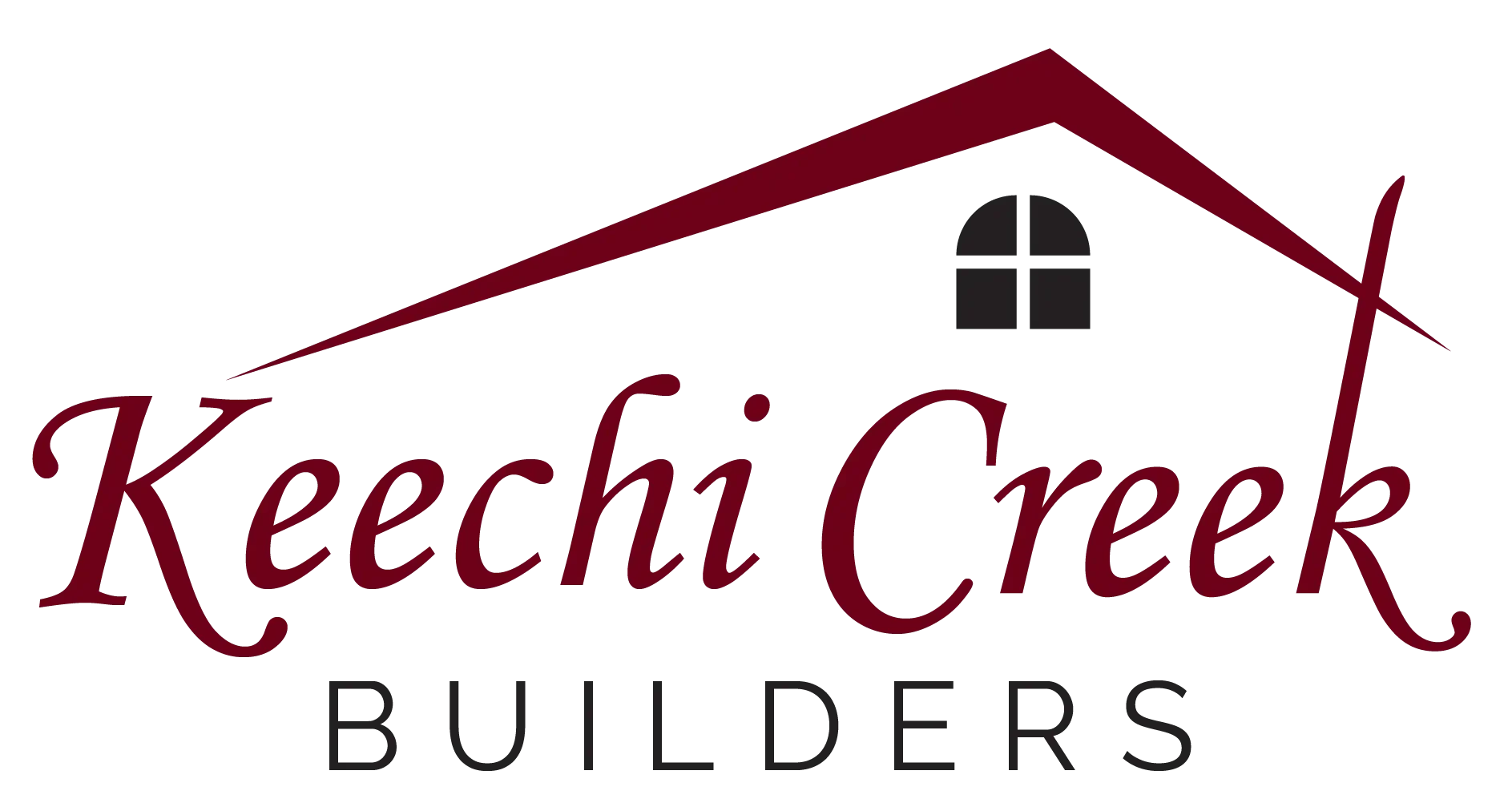You might not be aware, but the cabinets you choose can make or break your kitchen remodel. They're not just storage spaces; they're also a key element in setting the tone and style of your kitchen. But how do you select the perfect ones? It's not all about aesthetic appeal; you'll need to consider factors like material, functionality, and budget. We're about to embark on a journey to help you navigate through these considerations, ensuring your kitchen not only looks great, but works great for you too. So, are you ready to make an informed choice?
Key Takeaways
- Evaluate your kitchen space carefully to determine optimal cabinet placement for functionality and aesthetics.
- Select cabinet materials based on your style, budget, and durability needs, with options like wood, bamboo, and stainless steel.
- Prioritize cabinet functionality and storage, considering factors like stain resistance, easy cleaning, and customized storage options.
- Choose a cabinet style that suits your taste, with options ranging from traditional to modern, and consider necessary maintenance and accessory options.
Understanding Cabinet Basics
Before you dive into choosing your dream kitchen cabinets, it's crucial to understand the basics, like the difference between stock, semi-custom, and custom cabinets, and how these choices can impact both the look and functionality of your kitchen.
Stock cabinets are pre-manufactured in specific sizes, offering a budget-friendly option but limited in terms of design and fit. Semi-custom cabinets, on the other hand, provide more flexibility, allowing you to select from a wide range of styles, finishes, and sizes. Custom cabinets, while being the most expensive, provide the highest level of personalization.
Cabinet construction is another crucial factor. Remember that quality matters – solid wood doors, dovetail joinery, and full-extension drawer guides are signs of well-constructed cabinets. Equally important is the cabinet installation. A poor installation can ruin even the finest cabinets. It's best to hire professionals who'll ensure your cabinets are leveled, aligned, and securely fastened.
Evaluating Your Kitchen Space
Once you've got a handle on cabinet basics, it's time to take a good look at your kitchen space, considering factors like your kitchen's layout, the available wall space, and the overall aesthetics of the room. It's not just about cramming in as many cabinets as you can. You want to ensure space optimization, so your kitchen doesn't end up feeling cramped.
Begin with layout planning. Is your kitchen a U-shape, L-shape, or perhaps an open plan? Each layout will have different 'prime spots' for cabinets. You're looking for balance between functionality and aesthetics. Wall space is not the only area for potential cabinets. Consider corners, islands, and above appliances too.
Cabinet Material Choices
After considering the layout and overall aesthetics of your kitchen, it's crucial to ponder over the material of your cabinets, as it can significantly influence not just the functionality, but also the visual appeal of your space. Material durability is an essential aspect to factor in during your decision-making process.
Wood, for instance, is a popular choice due to its robustness and longevity. It's available in an array of colors and finishes, allowing you to tailor your cabinets to your specific design vision. However, if you're concerned about environmental impact, you might want to consider eco-friendly options. Bamboo, a rapidly renewable resource, makes for an excellent and sustainable alternative to traditional wood.
Laminate and stainless steel are other durable materials you could consider. While laminate is cost-effective and comes in various patterns, stainless steel lends a sleek, modern touch to your kitchen. However, it's important to remember that both these materials require specific cleaning products to maintain their shine.
Ultimately, your choice of cabinet material should align with your kitchen's style, your budget, and your personal preferences. With careful consideration, you can select a material that not only enhances your kitchen's appearance but also stands the test of time.
Importance of Cabinet Functionality
Equally important as material choice is the functionality of your cabinets, which should offer optimal storage solutions while seamlessly blending with your kitchen's aesthetic. It's not just about the looks; your cabinets must also serve their purpose effectively.
Cabinet functionality largely depends on your specific storage needs. You should consider what items you'll store, their sizes, and how frequently you'll access them. For instance, deep drawers for pots and pans, pull-out shelves for spices, and adjustable shelves for dishes and glasses are examples of storage solutions that can simplify your kitchen tasks.
Cabinet maintenance is another important aspect of functionality. Your chosen cabinets should be easy to clean and maintain. Opt for materials that are durable and resistant to stains, scratches, and water damage. The right choice here can drastically reduce your need for constant repairs and replacements, saving you both time and money in the long run.
Styles and Designs of Cabinets
There's a vast array of styles and designs available when it comes to kitchen cabinets, each offering a unique aesthetic and functionality to suit your individual needs. Your choice should reflect your taste while also complementing your kitchen's overall design.
To help you in your selection, consider the following cabinet customization options:
Traditional Cabinets: These often feature ornate designs and rich wood finishes, perfect for a classic, timeless kitchen look.
Modern Cabinets: For a sleek, minimalist appeal, these cabinets usually have clean lines, simple hardware, and a high-gloss finish.
Rustic Cabinets: If you're after a warm, cozy feel, rustic cabinets with natural wood grains, distressed finishes, and simple hardware can be your go-to.
Moreover, consider eco-friendly choices for your cabinets. Many manufacturers now offer cabinets made from sustainable materials and low-VOC finishes, reducing your kitchen's environmental impact.
Color and Finish Selection
Beyond choosing the style and design of your cabinets, picking the right color and finish can significantly enhance your kitchen's aesthetic appeal. It's not just about matching the color scheme of your kitchen, but also considering the impact of color psychology on the overall ambiance.
For instance, choosing warm colors like red or orange can create a cozy, inviting atmosphere. On the other hand, cool colors such as blue or green emit a calm, relaxing vibe. Neutral colors like grey, beige, or white are versatile and timeless, often preferred for their ability to blend well with various styles and designs.
When it comes to the finish, it's not only about the aesthetic but also the finish longevity. High-quality finishes can withstand time and wear, keeping your cabinets looking fresh for years. You might go for a glossy finish for a sleek, modern look, or perhaps a matte finish for a more understated elegance.
Don't forget to take into account the cleaning and maintenance requirements of each finish. Some finishes may show fingerprints and smudges more than others, so consider your lifestyle and cleaning habits before making a decision. With careful selection, your cabinets can be both beautiful and durable.
Budgeting for Your Cabinet Purchase
While the aesthetic appeal of your cabinets is paramount, it's crucial to consider your budget before making a purchase. You'll need to conduct a thorough cost analysis. It's not just the cabinet purchase you have to account for, but also potential installation costs, hardware, and the impact on your overall kitchen remodel budget.
There are three steps to appropriately budget for your cabinet purchase:
Assess your finances: Start by determining how much you can afford to spend. This will help you narrow down your options and avoid falling in love with a cabinet that's out of your price range.
Research costs: Investigate different styles, materials, and brands to get a sense of the cost spectrum. You might find that while solid wood cabinets are more expensive, they also offer greater longevity.
Explore financing options: If the cabinets you want exceed your budget, there may be financing options available. These can range from store credit offers to home improvement loans.
Frequently Asked Questions
What Are the Latest Trends in Kitchen Cabinet Design?
You're spotting two big trends: diverse cabinet materials like metal and glass, and technology integration for smart kitchens. It's all about combining aesthetics with functionality to create a kitchen that's both beautiful and practical.
Can I Install the Cabinets Myself or Do I Need a Professional?
Sure, you can install the cabinets yourself if you're handy with installation tools. However, if you're budgeting for your cabinets, hiring a professional can ensure quality work and save potential expense from mistakes.
How Can I Maintain and Clean My Kitchen Cabinets After Installation?
Depending on your cabinet material choices, you'll need a different daily care routine. Generally, wipe spills immediately, use a mild detergent for cleaning, and avoid harsh chemicals. Regular dusting also keeps them in top shape.
Are There Eco-Friendly or Sustainable Options for Kitchen Cabinets?
Absolutely, there're eco-friendly kitchen cabinets available. You can opt for cabinets made of green materials like bamboo, or choose recycled cabinets. It's a practical way to make your kitchen beautiful and sustainable.
Can I Mix Different Styles or Colors of Cabinets in My Kitchen?
Absolutely, you can mix cabinet styles and colors. Consider cabinet material choices and budget considerations. It's your kitchen, make it unique. Just ensure the styles don't clash and the colors harmonize with your overall design.

